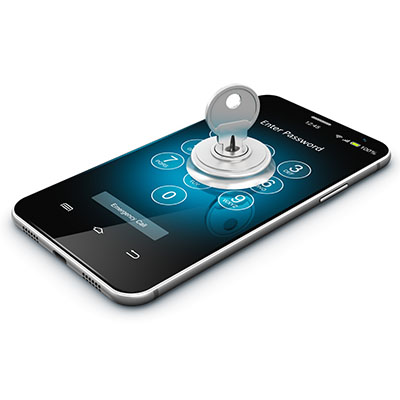It’s not hyperbole to suggest that many people in business these days prefer digital communication over the alternative. Smartphones have evolved over time and adapted to this need. That said, using a smartphone to communicate does still have its fair share of unwritten rules to follow. Let’s discuss some of the dos and don’ts of smartphones.
Let’s face it; running a business can be expensive, and taking any measures possible to mitigate those costs can have huge benefits for your bottom line. One way companies are minimizing costs is by implementing a Bring Your Own Device policy, or BYOD, to allow employees to use their own personal devices for work purposes. We’re here to help you do so without putting security at risk.
No one wants to lose their phone, but it does happen. Whether you’ve left it somewhere or it has clearly been taken, you need to know how to respond to this situation. In this week’s blog, we will give you some tips on what to do if your phone has gone missing.
Mobile devices demand a special type of attention in order to ensure security. You want to ensure that your devices are protected as well as possible, but you also need to ensure that this does not come at the expense of your employees’ productivity or efficiency. We’ve put together a list of common security issues you might encounter when securing your mobile devices, as well as a couple of practices you can implement to work toward an adequate level of cybersecurity for your mobile infrastructure.
Did you know that people tend to spend an average of 3-5 hours on their phones every day? The smartphone might be one of the most useful modern tools out there, but it can get in the way of running your business if you let it. Here are a couple of ways you can get the most out of your smartphone for business purposes.





